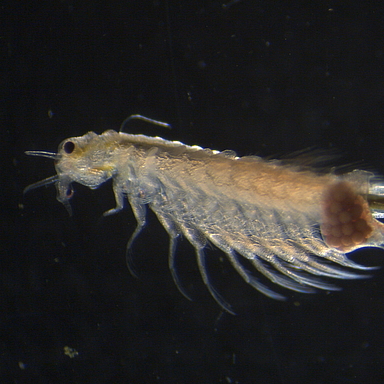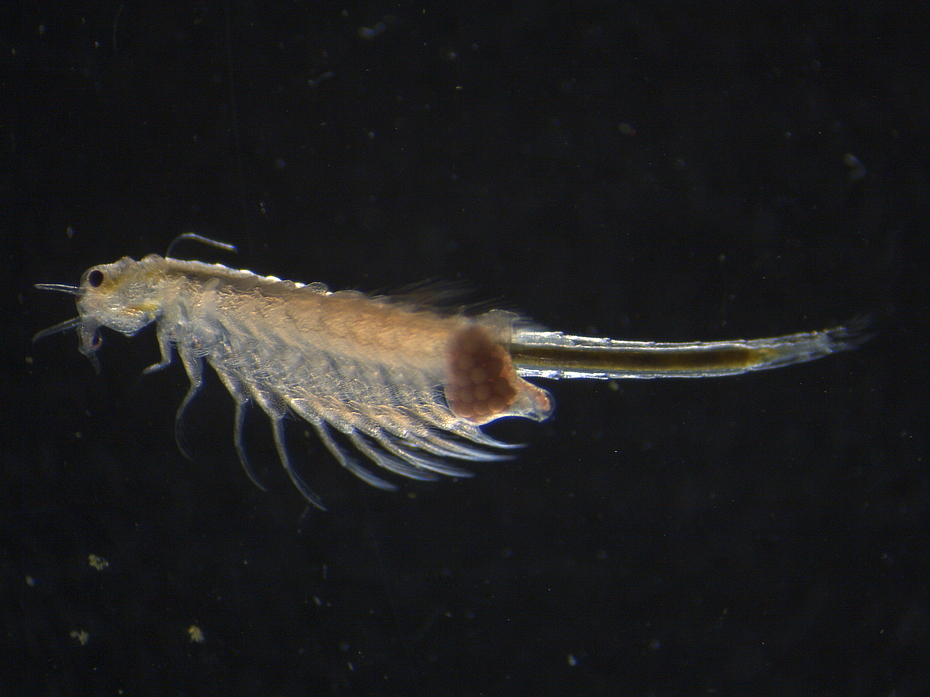Project 17.2

- PhD student: Frederic Zimmer
- Supervisor: Claudia Keller Valsecchi
- Co-Supervisors: Ann Kathrin Huylmans
- Further TAC-members: Joan Barau , Beatriz Vicoso (Institute of Science and Technology, Austria)
- Research Group
I am interested in the diverse mechanisms of dosage compensation that evolved to cope with the imbalance in gene expression of heteromorphic sex chromosomes. Therefore I want to find out more about the underlying mechanism of dosage compensation in the non-classical model organism Artemia Franciscana, as this bares the potential to contribute to the understanding of DC-evolution as a whole.
In species with heteromorphic sex chromosomes the heterogametic sex (XY/ZW) only carries half of the gene dosage of the homogametic sex (XX/ZZ). Differences in chromosome copy numbers bear the potential to be detrimental as transcriptional networks might be disrupted. To deal with this, dosage compensation mechanisms evolved to balance the gene expression across the sex chromosomes. It is fascinating to see that diverse mechanisms have evolved to address the same problem. For example in Drosophila, the single male X-chromosome is upregulated to match the expression to the females with two X-chromosomes (Prestel et al., 2010).
In mammals on the other hand one of the two X chromosomes of females gets inactivated, while in C.elegans, the gene expression of the sex chromosomes is balanced by down regulation of both X-chromosomes in hermaphrodites (Ercan et al. 2007). However most of what is known so far, we know from studying male heterogametic species (XX/XY) while less is known about female heterogametic species (ZZ/ZW). Here it was initially assumed that dosage compensation mechanisms would be completely absent or, if at all, would only act on individual, dose-sensitive genes. However, these assumptions began to falter the more different organisms were studied. This diversity of mechanisms highlights the importance of studying dosage compensation in non-classical model organisms and especially in understudied female heterogametic species.
In my project I am working with the brine shrimp Artemia franciscana, a female heterogametic species which has previously been shown to have a chromosome wide dosage compensation mechanism (Huylmans et al. 2019). Artemia are extremophile crustaceans that live in saltwater lakes around the world. Easy handling and the short reproduction cycle make it a suitable model organism. In addition, Artemia have the ability to produce resistant cysts under adverse environmental conditions, which function as dormant embryonic stages. Cysts can be stored for a long time and hatched quickly if necessary which is another advantage for the work in the laboratory. Using methods to study gene expression (RNA-sequencing) and chromatin accessibility (ATAC-seq) I want to find out when and in which tissues dosage compensation occurs and how the underlying mechanisms are working.
